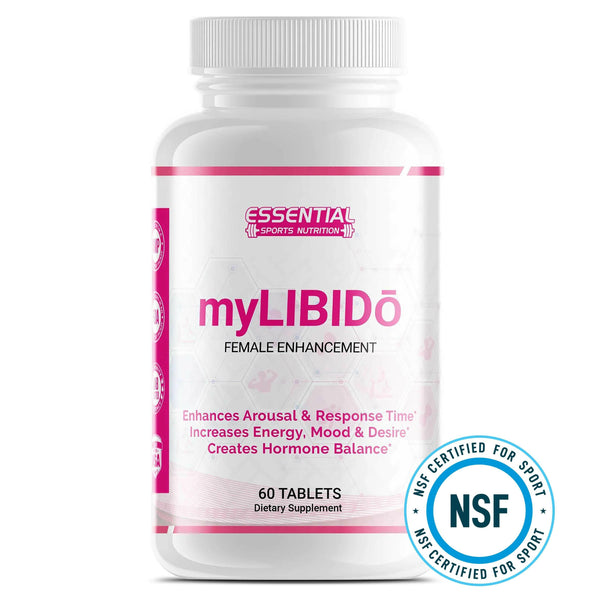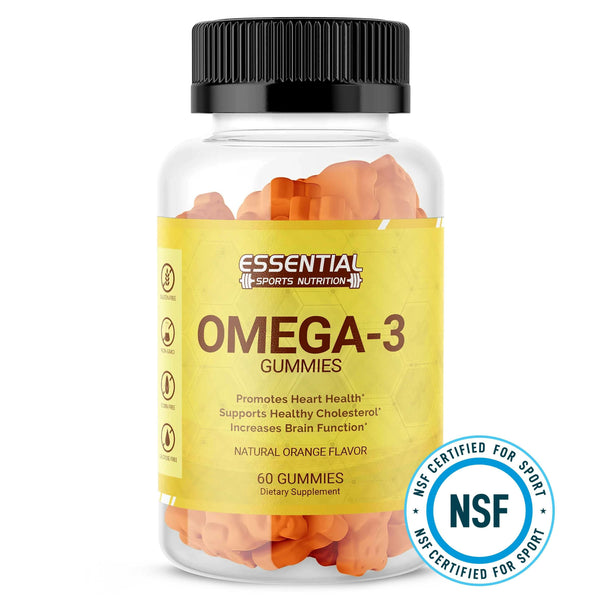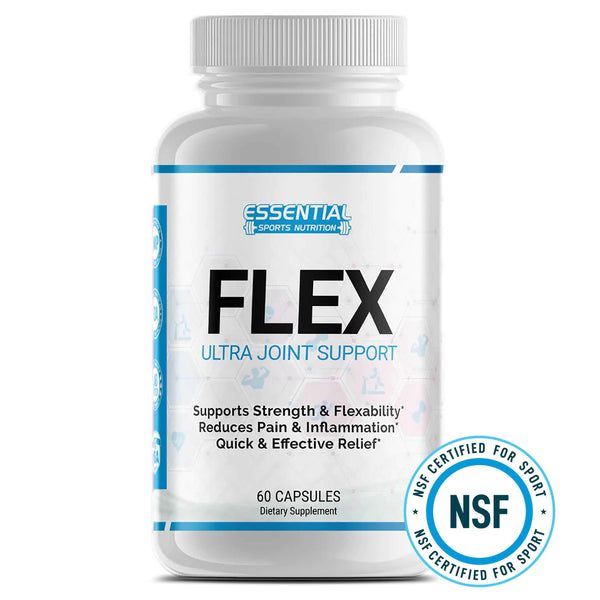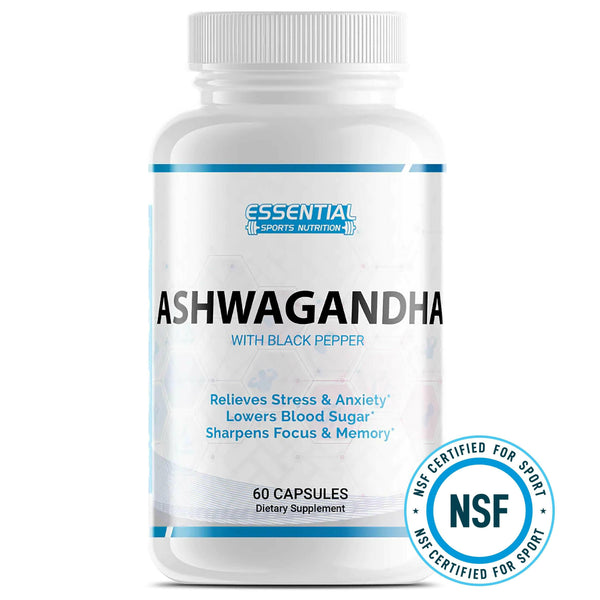Choosing the Best Superfood for You: Chlorophyll vs Spirulina
Are you trying to boost your health but confused about whether to add chlorophyll or spirulina to your diet? Many people face this dilemma when searching for the best superfood. Both have impressive benefits, but which one truly meets your needs?
Chlorophyll is a green pigment in plants that has anti-inflammatory and antioxidant properties. Spirulina is a type of blue-green algae packed with protein, vitamins, and omega-3 fatty acids.
Our guide will break down their nutrient profiles, health benefits, risks, and practical uses. You'll find out how each can fit into your daily routine. Keep reading to choose the best superfood for you!

Key Takeaways
- Chlorophyll is rich in antioxidants and has anti-inflammatory properties, reducing chronic inflammation and aiding skin health.
- Spirulina offers a high protein content with essential amino acids, vitamins like B12, and omega-3 fatty acids.
- Both superfoods can be easily added to your diet through foods or supplements for enhanced nutrition.
- Chlorophyll may help in weight loss and blood sugar management, while spirulina improves cholesterol levels and boosts exercise endurance.
- Be aware of potential side effects: chlorophyll might cause mild stomach issues; poorly sourced spirulina could contain harmful substances.
Nutritional Profiles of Chlorophyll and Spirulina

Chlorophyll is a green pigment found in plants that plays a crucial role in photosynthesis. It contains nutrients like magnesium, which supports cardiovascular health.
Spirulina is a type of cyanobacteria packed with protein and essential amino acids. This blue-green algae also boasts vitamins such as vitamin B12 and vitamin A.
Key Nutrients in Chlorophyll
Chlorophyll is packed with key nutrients that support health. It contains magnesium, which helps in over 300 bodily functions and keeps the heart healthy. Found in foods like spinach and arugula, chlorophyll also has antioxidants that aid in fighting oxidative stress.
This green pigment includes vitamins A, C, E, K, and various B vitamins. These nutrients boost the immune system and maintain good cardiovascular health. Chlorophyll can be a vital part of a balanced diet by consuming green vegetables or taking dietary supplements.
Key Nutrients in Spirulina
Spirulina packs a nutrient punch. One tablespoon of its powder gives 4 grams of protein. It also has iron, magnesium, and potassium. It's rich in omega-3 and omega-6 fatty acids too.
Phycocyanin is the primary antioxidant found in spirulina. This helps fight oxidative damage. While it contains vitamin B12, humans can't digest this form efficiently. A 28-gram serving delivers 16 grams of protein, boosting dietary protein intake. Spirulina's nutrient profile makes it a superfood.
Health Benefits Comparison
Chlorophyll and Spirulina both offer unique health benefits that can improve your well-being. Understanding these advantages can help you choose which superfood suits your needs best.
Benefits of Chlorophyll

Chlorophyll has strong anti-inflammatory and antioxidant properties. It can help reduce chronic inflammation, which is linked to many health issues like heart disease and joint inflammation.
Studies show its potential in preventing cancer, as some animal studies suggest it may block carcinogens.
Topical chlorophyll also improves skin health. It helps with photoaging and mild to moderate acne. In a weight loss study, the chlorophyll group lost 11 pounds over 3 months compared to 7.5 pounds in the control group.
Chlorophyll may aid blood sugar management and improve insulin sensitivity too.
Benefits of Spirulina

Spirulina offers amazing health benefits. It has strong anti-inflammatory and antioxidant properties. Taking 1g per day can reduce triglycerides, total cholesterol, and LDL cholesterol.
Studies showed that Spirulina helps mouth cancer patients by reducing oral lesions after one year.
Using Spirulina also boosts endurance during exercise. A dosage of 6g/day for a month improved fat oxidation and delayed fatigue in athletes. This natural supplement may increase energy levels and enhance overall performance. One gram of Spirulina daily can improve your cholesterol profile.
Potential Risks and Side Effects

Both chlorophyll and spirulina hold potential risks. Chlorophyll can cause digestive problems while spirulina may interact with certain medications.
Risks Associated with Chlorophyll
Some users may experience mild stomach irritation with chlorophyll supplements. This can include symptoms like nausea or upset stomach.
Although rare, high doses might cause skin itching or rashes. Always start with small amounts to see how your body reacts.
Risks Associated with Spirulina
Some users may experience mild stomach irritation from Spirulina. This side effect is rare but possible.
Spirulina poses no significant or detrimental side effects according to studies. However, it can contain heavy metals and dioxins if sourced poorly.
Practical Uses in Daily Diet

Mix liquid chlorophyll into your morning smoothie. Add spirulina powder to soups or salads for an extra boost of nutrition.
How to Incorporate Chlorophyll
Incorporating chlorophyll into your diet can boost your nutritional intake. Here are some ways to include this plant pigment in your daily meals:
- Fresh Green Vegetables: Eat fresh green foods like spinach, green beans, wheatgrass, and arugula. These vegetables are rich in chlorophyll and other nutrients like vitamin C and fiber.
- Smoothies: Add a handful of spinach or kale to your morning smoothie. This adds chlorophyll and enhances your intake of b vitamins, folate, and dietary fiber.
- Salads: Include greens like mixed lettuce, baby spinach, or arugula in salads. These greens provide chlorophyll along with other benefits such as improving gut flora and reducing bad cholesterol levels.
- Green Juices: Drink fresh green juices made from wheatgrass or other leafy greens. You can get a concentrated dose of chlorophyll along with macronutrients that support good health.
- Supplement Forms: Use liquid chlorophyll supplements or tablets if you find it hard to eat enough green foods daily. Chlorophyllin is a popular synthetic version available in health food stores.
- Soups and Stews: Toss chopped greens into soups or stews just before serving them hot. The heat helps release the nutrients without destroying the chlorophyll content.
- Stir-fries: Quickly stir-fry green beans, bok choy, or broccoli with some olive oil and garlic for a tasty dish rich in polyunsaturated fats and omega-3 fatty acids along with chlorophyll.
- Homemade Pesto: Make a vibrant pesto sauce using basil leaves blended with pine nuts, olive oil, garlic, and Parmesan cheese. This adds flavor and multiple antioxidants like beta-carotene from the basil leaves.
- Herbal Teas: Sip on herbal teas made from green herbs like mint or matcha powder that contain significant amounts of chlorophyll along with other plant-based nutrients like superoxide dismutase.
- Chlorophyll Water: Add a few drops of liquid chlorophyll to your water bottle for an easy way to consume this nutrient throughout the day while staying hydrated.
Next up is how to include Spirulina into your diet.
How to Incorporate Spirulina
Transitioning from chlorophyll, let’s explore practical ways to incorporate spirulina into your daily diet. Spirulina is a versatile superfood available in powder or capsule form.
- Add to Smoothies: Blend one teaspoon of spirulina powder into your favorite smoothie. This adds nutrients like protein and omega-3 fats.
- Mix with Juice: Stir spirulina powder into fresh juices. Citrus juices can mask the strong flavor.
- Sprinkle on Salads: Use a small amount of spirulina powder as a salad dressing ingredient for an extra boost of vitamins.
- Include in Yogurt: Mix spirulina with yogurt for a nutritious snack that includes vitamin B2 and zinc.
- Baking with Spirulina: Add to baked goods like muffins or bread to increase their nutritional value without altering taste significantly.
- Capsule Form: Take spirulina capsules as directed by the label, ensuring you choose organic and USP-labeled products.
- Energy Balls: Combine spirulina powder with nuts, seeds, and dates to make energy balls rich in good cholesterol and antioxidants.
These methods ensure you get the nutritional benefits of spirulina while enhancing flavors and textures in various dishes or drinks.
Conclusion

Chlorophyll and spirulina both offer unique health benefits. Chlorophyll helps improve skin health, detoxify the body, and may aid in weight loss. Spirulina is rich in protein, iron, omega-3s, and can lower cholesterol levels.
Both are easy to add to your daily diet through supplements or food sources. Consider your personal nutritional needs when choosing between them. Do you need more antioxidants or more protein? Enhance your health by adding one of these superfoods today!
Chlorophyll vs Spirulina FAQs
1. What are the main benefits of chlorophyll and spirulina?
Chlorophyll can help reduce body odor, improve blood lipid composition, and aid in detoxifying industrial pollutants. Spirulina is rich in protein content, omega-3 fatty acids, and vitamin E, which can support heart health and reduce high cholesterol.
2. How do chlorophyll and spirulina affect blood sugar levels?
Spirulina may help lower blood sugar levels by improving insulin resistance. Chlorophyll has not been directly linked to significant changes in blood sugar but contributes to a well-balanced diet that supports overall health.
3. Can these superfoods help with anemia or low RBC count?
Yes, both chlorophyll and spirulina contain nutrients like copper that can support red blood cell production. Spirulina is especially beneficial due to its high iron content compared to red meat.
4. Are there any risks associated with consuming these superfoods for people with autoimmune conditions?
People with autoimmune conditions should consult a healthcare provider before adding either supplement since some components might trigger immune responses.
5. Which superfood is better for managing hypertension or high blood pressure?
Both have potential benefits; however, spirulina has shown more promise in reducing hypertension due to its effects on lowering cholesterol levels and improving overall heart function.
6. Do these supplements interact with omega-3 supplements or fish oil?
There are no known adverse interactions between these superfoods and omega-3 supplements or fish oil. Both chlorophyll and spirulina provide additional nutritional facts that complement a diet including omega fatty acid sources like fish oil.























